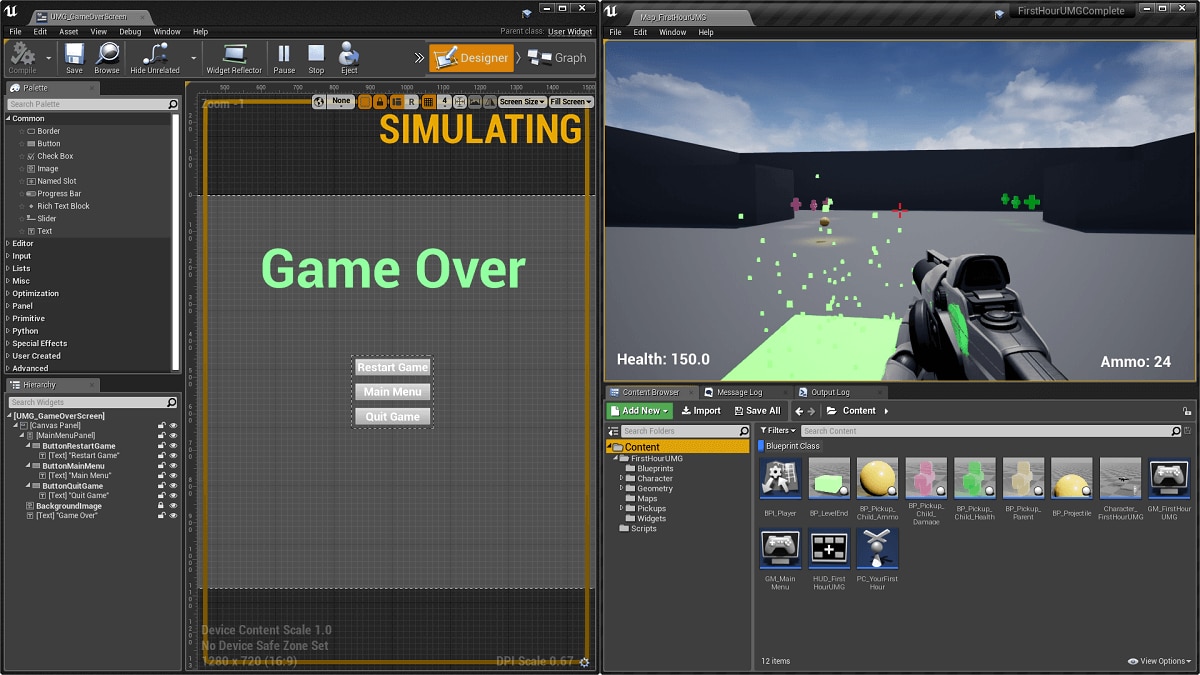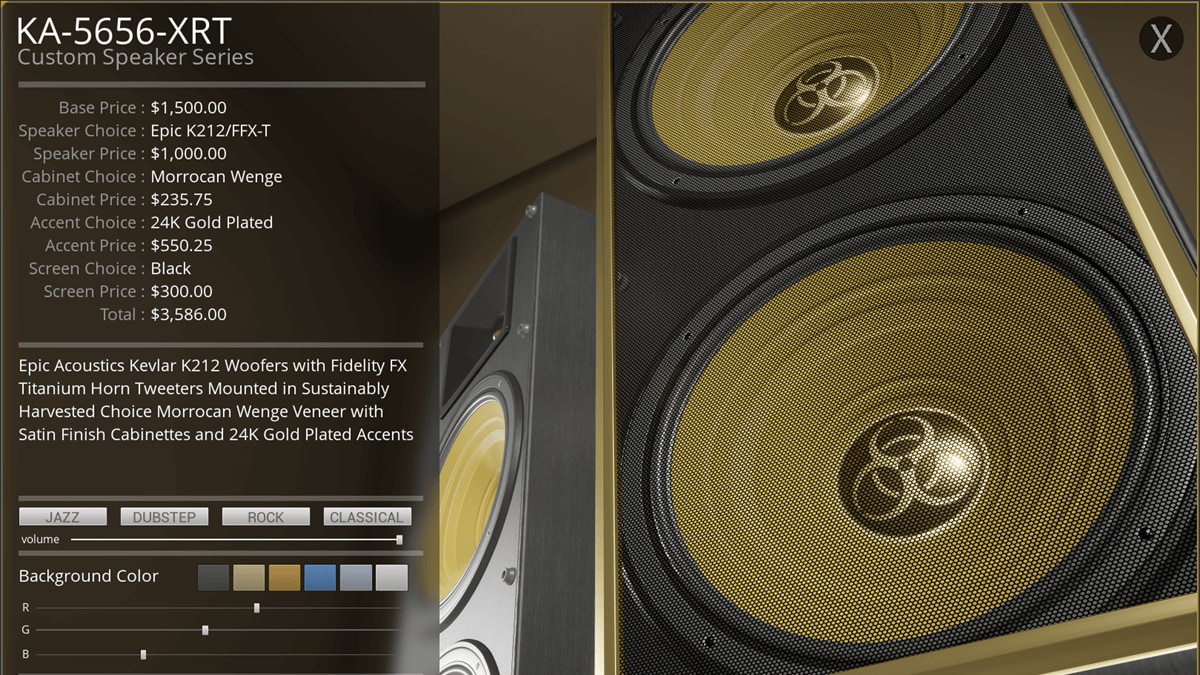Choose your operating system:
Windows
macOS
Linux
This page covers the Font and Font Face asset types that can be used with the Font Editor .
Font Assets
Fonts in Unreal Engine 4 are categorized as a Font asset and use two caching methods, Runtime which is in the form of a Composite Font or Offline which is the older pre-computed Font Atlas method. You can switch between the two methods by opening up a Font asset in the Font Editor (this provides a simple way to convert existing Font assets from Offline to the new composite method without having to replace them).
Font Face Assets
The Font Face asset is created when you import a font and it stores the font data that can be referenced by the Font asset. This means that the same font data can be reused across multiple Font assets or even with multiple typefaces within the asset, and ultimately reduces memory consumption.

When you open your Font Face Asset, you have access to the settings for Hinting and Loading Policy .
|
Property |
Description |
||||||||||||
|---|---|---|---|---|---|---|---|---|---|---|---|---|---|
|
Source File Name |
The filename of the font face we were created from. This may not always exist on disk, as we may have previously loaded and cached the font data inside this asset. |
||||||||||||
|
Hinting |
The hinting algorithm to use with the font face.
|
||||||||||||
|
Loading Policy |
Enum controlling how this font face should be loaded at runtime. See the enum for more explanations of the options.
|
||||||||||||
|
Layout Method |
This selects the method to use when laying out the font. Try changing this if you notice clipping or height issues with your font.
|
Upgrading Font Assets to 4.15 and Later
Starting with Unreal Engine 4.15, Font assets have now been split into two separate assets, Font and Font Faces. Existing Font assets will upgrade their internal font data into embedded Font Face assets during load, but will not automatically split them. You will have to do this by opening the Font Editor and selecting Upgrade Data under the entries within your font families. This will enable you to edit and share these assets with other Font assets that you've created.

After you click Upgrade Data , you will be prompted to save the new Font Face asset.
Font Editor
When you double-click on a Font asset in the Content Browser , it will open up inside of the Font Editor window.

A breakdown of the Font Editor Window is presented below:
Toolbar Menu

From this menu, you can save any changes you make, find the asset in the Content Browser , change the Background Color of the preview window or the Foreground Color (text color) in the preview window. There are options for Updating or Exporting changes being made, however, these options are only available within the Offline cache mode.
Default Font Family

In this window, you can assign the Default Font Family for use with this Font asset. You can add versions of a particular Font style (for example Normal, Bold, Italics, Underline, etc.) or have a collection of different Font styles as one Composite Font. If you have created a blank Font asset, you can assign a font from inside this window as well.
Sub-Font Family

In this window, when you click the Add Sub-Font Family button, you can assign the Sub-Font Family for this Font asset to use.
Here, you can specify a Character Range, and if a character entered falls within the range, you can specify a different Font style to use instead of the Default. This is useful for when you want to use different Font types for different languages.
Preview

This window allows you to preview your fonts and provides a text entry box for entering sample texts.
Draw For Metrics

The Draw Font Metrics toggle will overlay the line height, glyph bounding boxes, and base-line as part of the preview.
-
Base Line - This is the line in which the text sits.
-
Line Bounds - This is the bounding box created for the length of the given text string.
-
Grapheme Cluster Bounds - This is the bounding box drawn around what is considered a logical character in a given language, and may be comprised of several glyphs (for example, a base character and accent glyph).
-
Glyph Bounds - This is the bounding box drawn around the given glyph.
Details

In this window, you can change the Font Cache Type as well as change the Font Size and Font Name (for Runtime).
-
If you are using the older method, you can still change the parameters for your Font while in Offline cache mode.
-
You can also convert any existing Font assets from Offline to Runtime without having to replace them.
Example Font Asset
An example Font asset is shown below.
Click image for a full view.
A Composite Font will always contain a Default Font Family, and may also contain any number of Sub-Font Families that should be used for a given range of characters. Each Font Family is itself made up of any number of Font Faces that can be named based on their style. At runtime, the most suitable Font to use for each character (based on the Fonts available) in the Font Family for that character range is used.
As seen in the example image above, the Japanese text falls within the character ranges of the Japanese font family, and therefore, is drawn using Source Han Sans rather than the Default Font Family (Roboto). Fonts in a Sub-Font Family are preferably chosen by name match, as in the case of Regular, Bold, and Light, however they can also fallback to matching based on the attributes of the Default Font, as is the case with Bold Italic (it automatically chose the Bold Japanese font because the font contained the Bold attribute).







